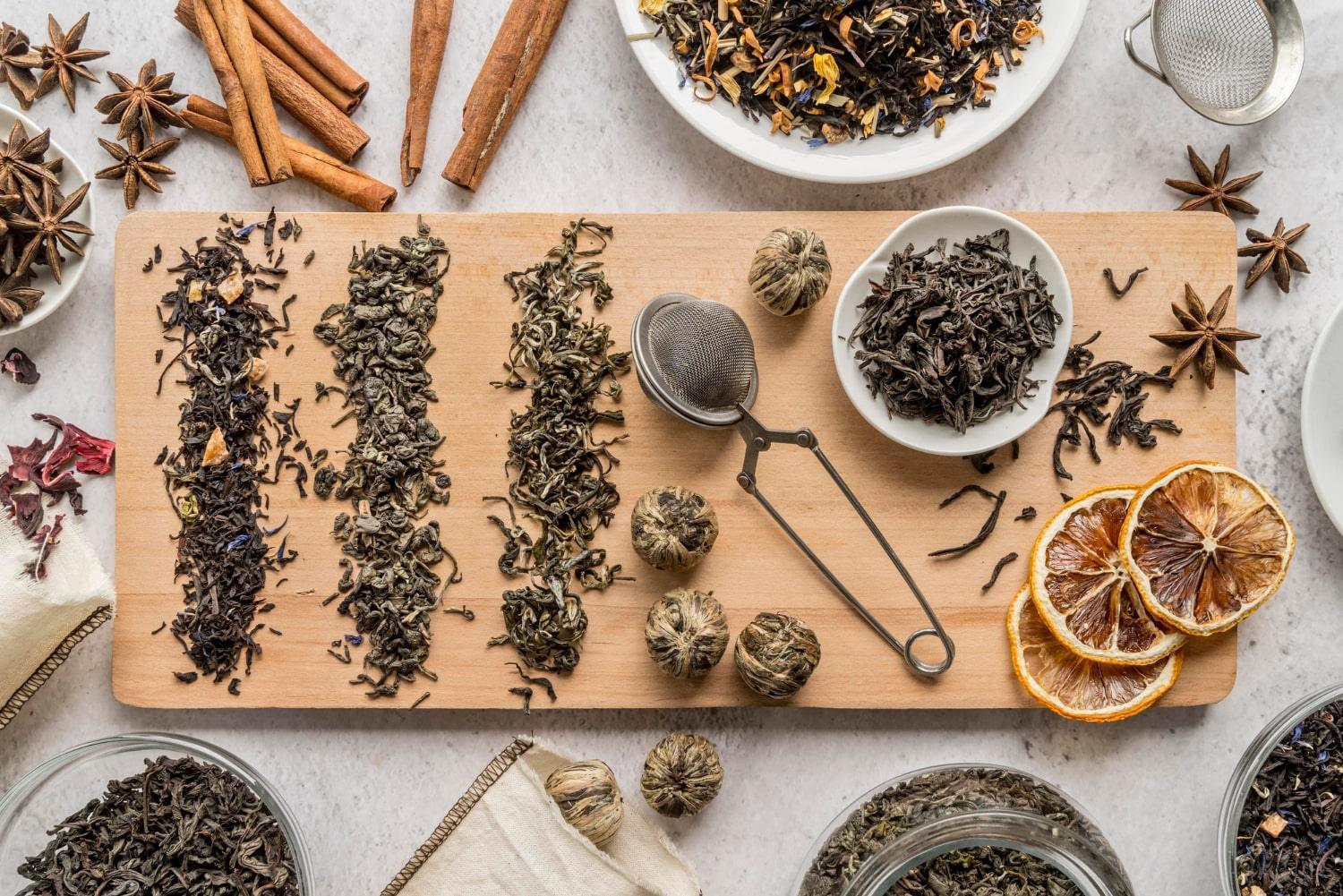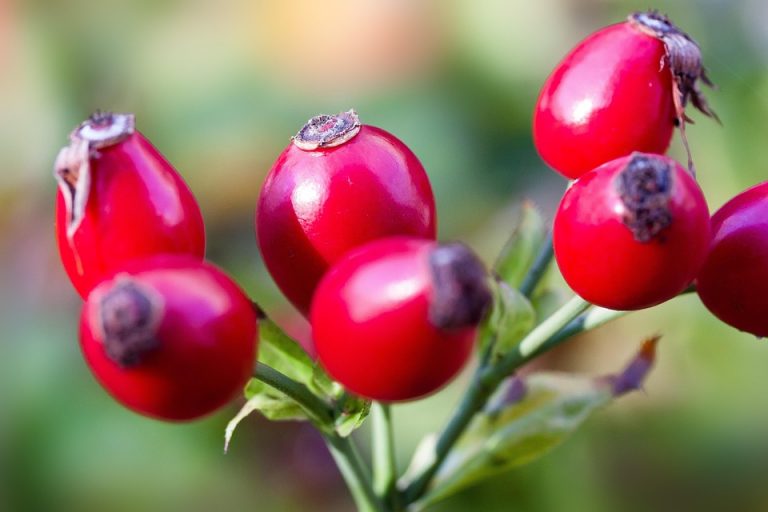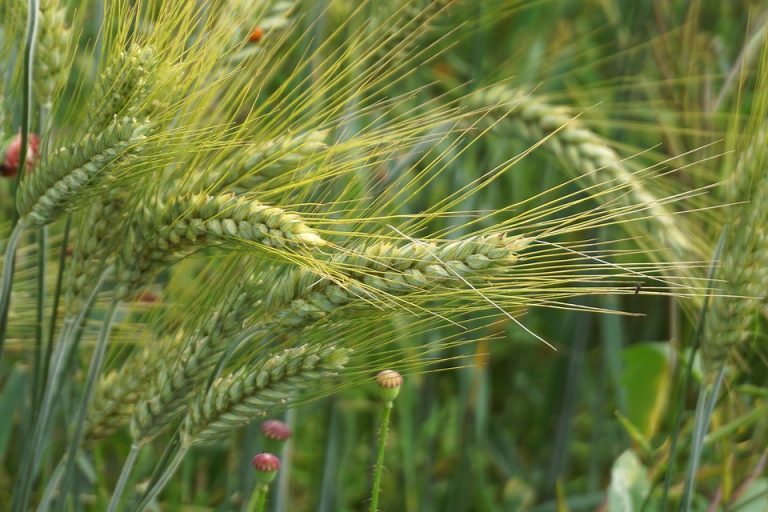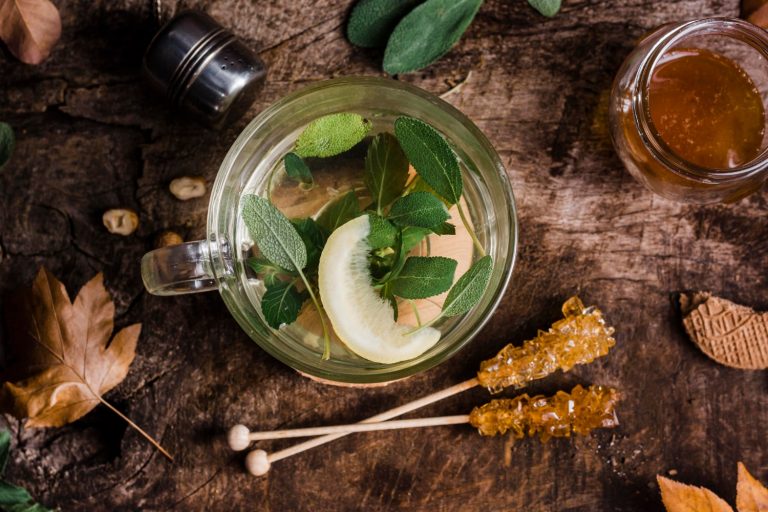Chronic pain can feel like a relentless storm, affecting every inch of your life. But what if I told you there are holistic methods to banish chronic pain naturally? These approaches can empower you and help you reclaim your body and spirit. Let’s explore how you can find relief without relying solely on medications or invasive procedures.
Contents
Understanding Chronic Pain
Chronic pain is more than just a physical sensation; it’s an experience that shapes your daily life. Defined as pain lasting longer than three months, it can stem from various conditions, including arthritis, fibromyalgia, and past injuries. The significance of addressing chronic pain lies in its pervasive nature—it can affect your mood, relationships, and overall well-being. You deserve to live a life free from the constraints of pain, and holistic methods can guide you there.
Why Choose Holistic Approaches?
Holistic methods focus on the whole person—mind, body, and spirit. They consider not just the physical symptoms but also the emotional and psychological aspects of pain. These methods empower you to take an active role in your healing journey. Let’s dive into seven holistic methods that can help you banish chronic pain naturally.
1. Mindfulness Meditation
Mindfulness meditation is like a soothing balm for your mind. It encourages you to be present, helping you to observe your thoughts and feelings without judgment. Research shows that mindfulness can significantly reduce the perception of pain.
- How to Start:
- Find a quiet space.
- Sit comfortably with your back straight.
- Close your eyes and focus on your breath.
- When thoughts arise, gently bring your focus back to your breath.
Incorporate just 10 minutes daily, and you’ll begin to notice a shift in your pain perception and emotional state.
2. Yoga
Yoga is a powerful blend of movement, breath, and meditation. It enhances flexibility and strength while promoting relaxation. Studies have shown that practicing yoga can reduce chronic pain and improve quality of life.
- Benefits Include:
- Increased flexibility.
- Strengthened muscles.
- Enhanced mood and emotional resilience.
Start with gentle classes like Hatha or Yin Yoga. Listen to your body, and remember, it’s about progress, not perfection.
3. Acupuncture
Acupuncture is an ancient Chinese practice that involves inserting thin needles into specific points on the body. It’s believed to help balance the body’s energy, or Qi. Research indicates that acupuncture can be effective in reducing chronic pain, particularly in conditions like osteoarthritis and migraines.
- What to Expect:
- A licensed acupuncturist will assess your condition.
- You may feel a slight prick when the needles are inserted.
- Many report a deep sense of relaxation during and after treatment.
Consider acupuncture as part of your comprehensive pain management plan.
4. Herbal Remedies
Nature has gifted us with a treasure trove of plants and herbs that can alleviate pain. From turmeric to ginger, countless options exist to explore.
- Top Herbs for Pain Relief:
- Turmeric: Contains curcumin, known for its anti-inflammatory properties.
- Ginger: Acts as a natural pain reliever and anti-inflammatory agent.
- Willow Bark: Traditionally used for headaches and lower back pain.
Always consult with a healthcare professional before starting any herbal regimen, especially if you are on other medications.
5. Nutrition
What you eat can profoundly impact your pain levels. A diet rich in anti-inflammatory foods can help reduce pain and improve overall health.
- Foods to Include:
- Leafy greens (spinach, kale).
- Omega-3 rich foods (salmon, walnuts).
- Berries and cherries.
Avoid processed foods and excessive sugar, which can trigger inflammation. A balanced diet can be your first line of defense in managing chronic pain.
6. Physical Therapy
Physical therapy is not just for recovery; it’s a proactive approach to pain management. A skilled therapist can create a personalized program that targets your specific pain points.
- Benefits of Physical Therapy:
- Tailored exercises to strengthen and stabilize.
- Techniques to improve posture and flexibility.
- Education on body mechanics to prevent further injury.
Investing time in physical therapy can lead to significant improvements in your pain levels and functional abilities.
7. Essential Oils
Aromatherapy can be a powerful ally in your pain management toolkit. Certain essential oils possess anti-inflammatory and analgesic properties that may help alleviate pain.
- Top Essential Oils for Pain Relief:
- Lavender: Known for its calming effects.
- Peppermint: Provides a cooling sensation and can relieve headaches.
- Eucalyptus: Known for its anti-inflammatory benefits.
Use a diffuser or mix with a carrier oil for topical application. Always do a patch test to ensure you don’t have an allergic reaction.
The Role of Community and Support
While these holistic methods can significantly aid in managing chronic pain, don’t underestimate the importance of community support. Engaging with others who understand your journey can provide emotional relief and practical tips. Consider joining a support group or seeking out online communities focused on chronic pain management.
Conclusion: Your Journey to Pain Relief
Banish chronic pain naturally by embracing these holistic methods. Each approach offers unique benefits, allowing you to tailor your journey to what feels best for your body. Remember, healing is often a gradual process, and it’s perfectly okay to seek help along the way.
Bottom Line
Chronic pain doesn’t have to define you. By exploring holistic methods to banish chronic pain naturally, you can take control of your health and well-being. Start with one or two methods that resonate with you, and gradually incorporate more as you feel comfortable. Your journey toward a pain-free life begins with a single step.
FAQs
1. How long does it take to see results from these methods?
Results can vary greatly depending on the individual and the method used. Some may experience relief within weeks, while others might take longer. Consistency is key.
2. Can I combine these methods?
Absolutely! Many people find that a combination of these holistic approaches works best for them. Just ensure that you consult a healthcare provider if you’re mixing treatments.
3. Are there any risks involved?
Most holistic methods are safe, but it’s essential to consult with healthcare professionals, especially if you have underlying health conditions or are pregnant.
Your path to healing is uniquely yours. Embrace these methods, trust your body, and take that first step toward a brighter, pain-free future.








